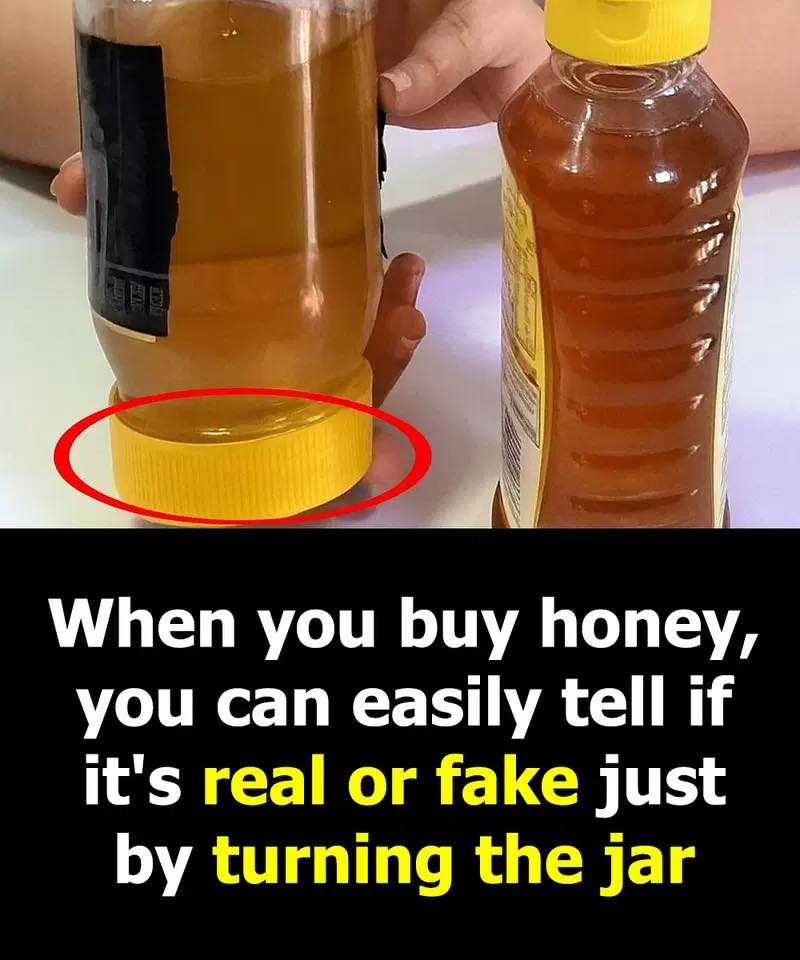
How to Tell If Your Honey Is Real: 5 Simple Home Tests
Honey has been treasured for centuries — not just for its rich sweetness, but also for its powerful health benefits. Unfortunately, many products labeled as “honey” today are heavily diluted with syrups or sugars. To make sure you’re getting the real deal, it’s worth learning a few simple tricks to test your honey at home.
Below are five easy and reliable ways to check if your honey is pure and natural.
1. The Jar Test
Gently shake your honey jar and then turn it upside down.
✅ Real honey: When shaken, it forms bubbles that rise slowly to the top — sometimes taking up to two hours — because of its thick, dense consistency.
❌ Fake honey: Bubbles disappear quickly or never form at all, which usually means it’s diluted with water or corn syrup.
2. The Water Cup Test
Fill a clear glass with water and drop in a spoonful of honey without stirring.
✅ Real honey: Sinks to the bottom and keeps its shape.
❌ Fake honey: Dissolves before reaching the bottom, showing the presence of added water or sugars.
❄️ 3. The Crystallization Test
Over time — especially in cold weather — pure honey naturally thickens and crystallizes.
✅ Real honey: Turns grainy or forms small sugar crystals without losing its flavor or nutrients.
❌ Fake honey: Stays smooth and runny all year, often due to heat treatment or added syrups.
4. The Napkin Test
Place a few drops of honey on a paper napkin or tissue.
✅ Real honey: Stays on the surface without soaking into the paper.
❌ Fake honey: Spreads or leaves a damp spot, showing it contains excess moisture or additives.
5. Aroma, Flavor, and Texture
5. Aroma, Flavor, and Texture
Pure honey is easy to recognize once you know what to look for:
Aroma: Natural, floral, and rich.
Taste: Sweet but complex, often with slight earthy or bitter undertones.
Texture: Dense, sticky, and slow to drip — leaving a warm, soothing feeling in your throat.
Fake honey, on the other hand, tends to be overly sweet, watery, and flat in flavor.
Expert Tips for Choosing Quality Honey
Buy directly from local beekeepers or farmers’ markets — it’s easier to trace the source.
Avoid honey that’s too clear or runny all year long.
Store honey in a cool, dry place, away from sunlight.
If you use honey for its health properties, look for raw or unpasteurized honey.
Never dip a wet spoon into your honey jar — water can cause fermentation.
Final Thoughts
Learning how to recognize real honey helps you enjoy its full flavor and nutritional power. With these quick at-home tests, you can easily detect adulterated honey and make sure every spoonful you enjoy comes straight from nature — pure, wholesome, and packed with goodness.